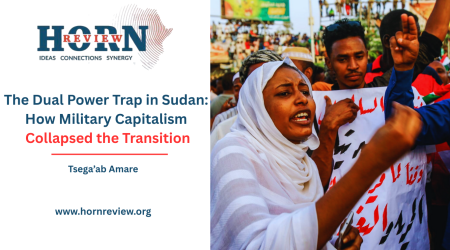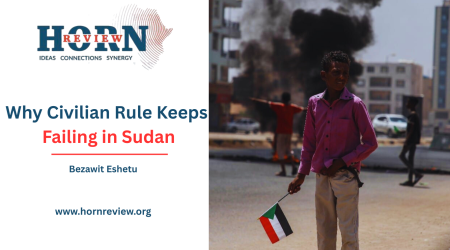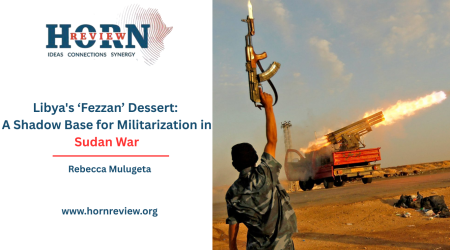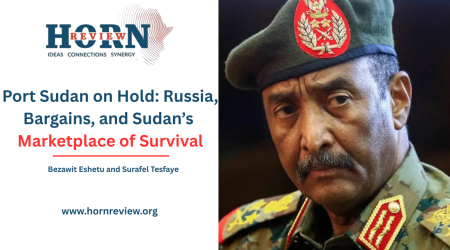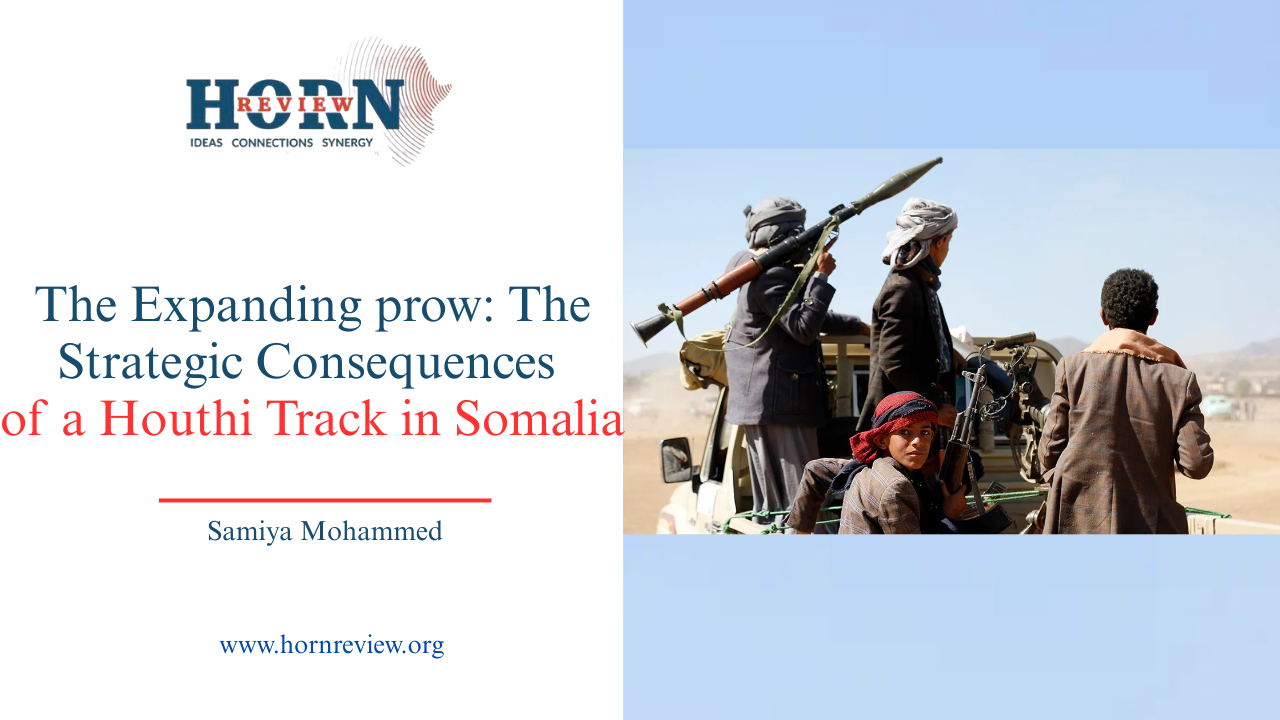
27
Oct
The Expanding prow: The Strategic Consequences of a Houthi Track in Somalia
A new and insidious ultimatum is rankling in the waters of the Red Sea and the Gulf of Aden, confronting the Horn of Africa with an enemy that operates not from a single nation but from a murky network of alliances. The growing ties between Yemen’s Houthi rebels and Somali terrorist groups particularly al-Shabaab and the Islamic State in Somalia are stoking up a dangerous cycle of regional instability. This is a serpentine web of weapons smuggling, technological exchange, and shared logistical networks that threatens to recast the Horn’s security landscape, with dire consequences for nations reliant on these maritime pathways.
The partnership is fundamentally transactional. In exchange for sophisticated arms, including weaponized drones and surface to air missiles, the Houthis gain access to al-Shabaab’s extensive coastal intelligence network and years of experience in piracy and smuggling. This relationship provides the Houthis with the strategic depth to better commination regional maritime traffic, while simultaneously offering Somali militants a technological leap. This is an influence and logistical presence where the Houthis and their associates act as a form of ideologically driven, black-market private military contractors. The arms trade itself is immensely lucrative with a crate of AK-47s can be sold in Somalia for up to five times its acquisition cost in Yemen, creating a powerful financial incentive that sustains these illicit networks.
This collaboration is extolled by a significant policy shift with the full lifting of the UN arms embargo on the Somali government in 2023. While intended to bolster the state’s capacity to provide its own security, many fear this decision is premature.
Somalia remains a country where illicit arms markets are pervasive, and government control over its territory and stockpiles is weak. Reports suggest that in the years following a partial easing of the veto in 2013, a staggering 35-40% of government imported weapons ended up on the black market, often in the hands of the very militant groups the state is fighting. This creates an environment where increased legal arms flows risk augment the very insecurity they are meant to quell.
The fallout from this hybrid threat has already undulated across the global economy, but for the nations of the Horn of Africa, the impact is existential. Egypt has seen its nearly $10 billion annual revenue from Suez Canal traffic drop by more than 70%, a monthly loss of approximately $800 million, as commercial vessels are rerouted.
For Ethiopia, which channels 95% of its trade through the Port of Djibouti, these disruptions are catastrophic making its exports more expensive and less competitive on the global market. The crisis also dangers food security across East Africa. Countries like Kenya and Sudan, which import 86% and 77% of their wheat respectively, rely on shipments that transit the Red Sea. Disruptions to this main food pipeline compounded by higher transport costs could push populations already in crisis levels of food insecurity into outright emergency.
The Houthi-al-Shabaab sequence exploits a dangerous seam in the region’s political and security, aggravating existing tensions. Furthermore the ongoing civil war in Sudan is also affected as disrupted maritime trade intensifies competition over scarce resources between the warring factions.
Perhaps most alarmingly, the alliance is facilitating a transfer of lethal technology. There is evidence that al-Shabaab, which has previously used drones primarily for reconnaissance, is seeking advanced weapons and training from the Houthis. The Houthis backed by Iran, have demonstrated significant proficiency in using unmanned aerial vehicles and unmanned surface vessels in their attacks on shipping. The prospect of al-Shabaab acquiring and deploying armed drone technology could dramatically recast the conflict within Somalia, posing a new threat to peacekeeping missions and regional militaries.
Addressing this multifaceted challenge requires a response as integrated as the threat itself. Currently, the Houthi and al-Shabaab problem is split between two separate U.S. military commands CENTCOM and AFRICOM creating gaps in intelligence and accountability that the adversaries expertly exploit.
Ultimately, while international naval patrols can interdict some weapons shipments, a lasting solution demands regional leadership. Strengthening the implementation of frameworks like the Djibouti Code of Conduct and fostering proactive joint action through the Intergovernmental Authority on Development are essential steps toward an African-owned security. The nations of the Horn of Africa, supported by the international community, must take the lead in securing their coastlines, disrupting financial flows, and building resilience against the political and economic shocks that this hybrid threat is designed to create.
By Samiya Mohammed, Researcher, Horn Review

